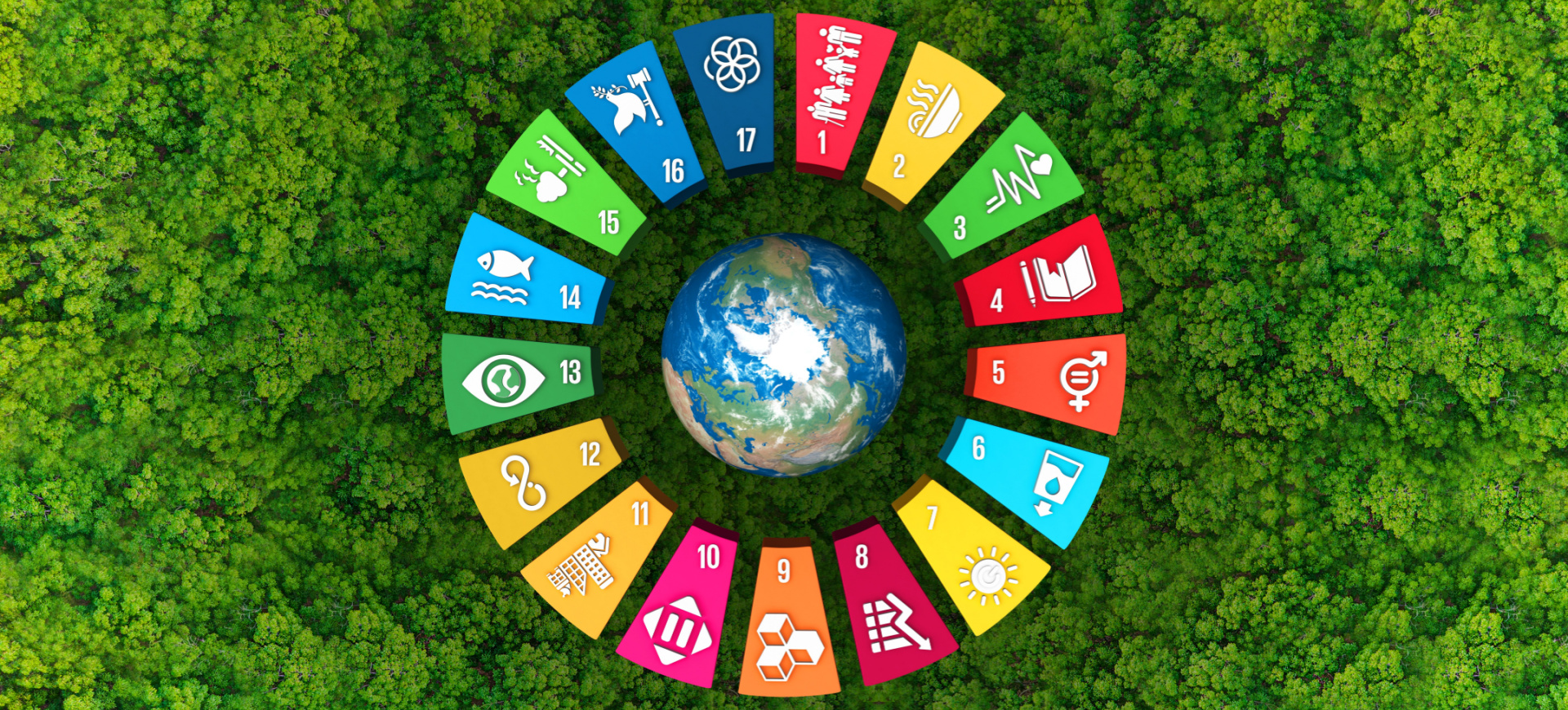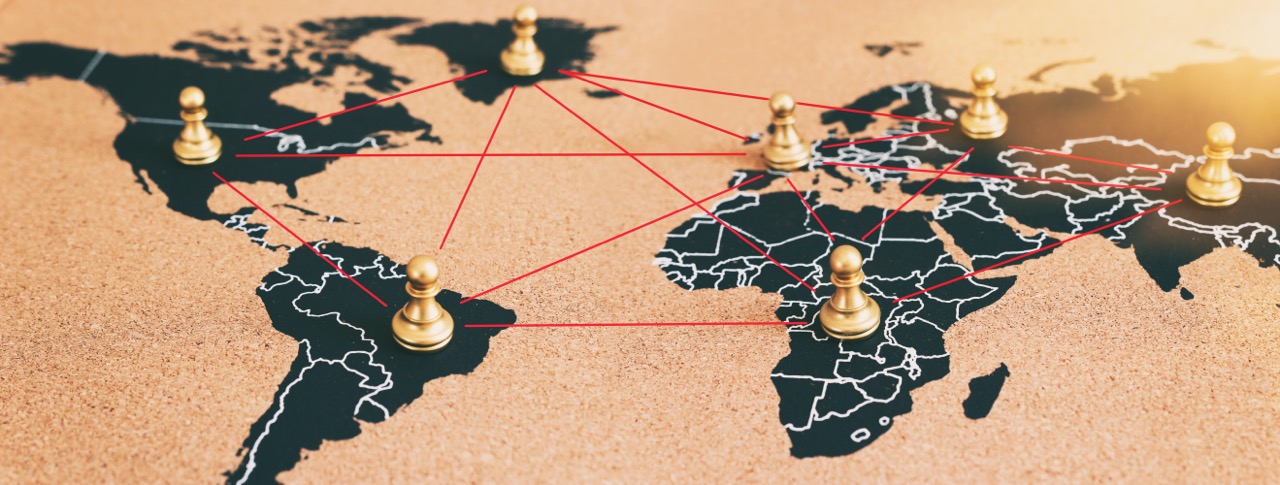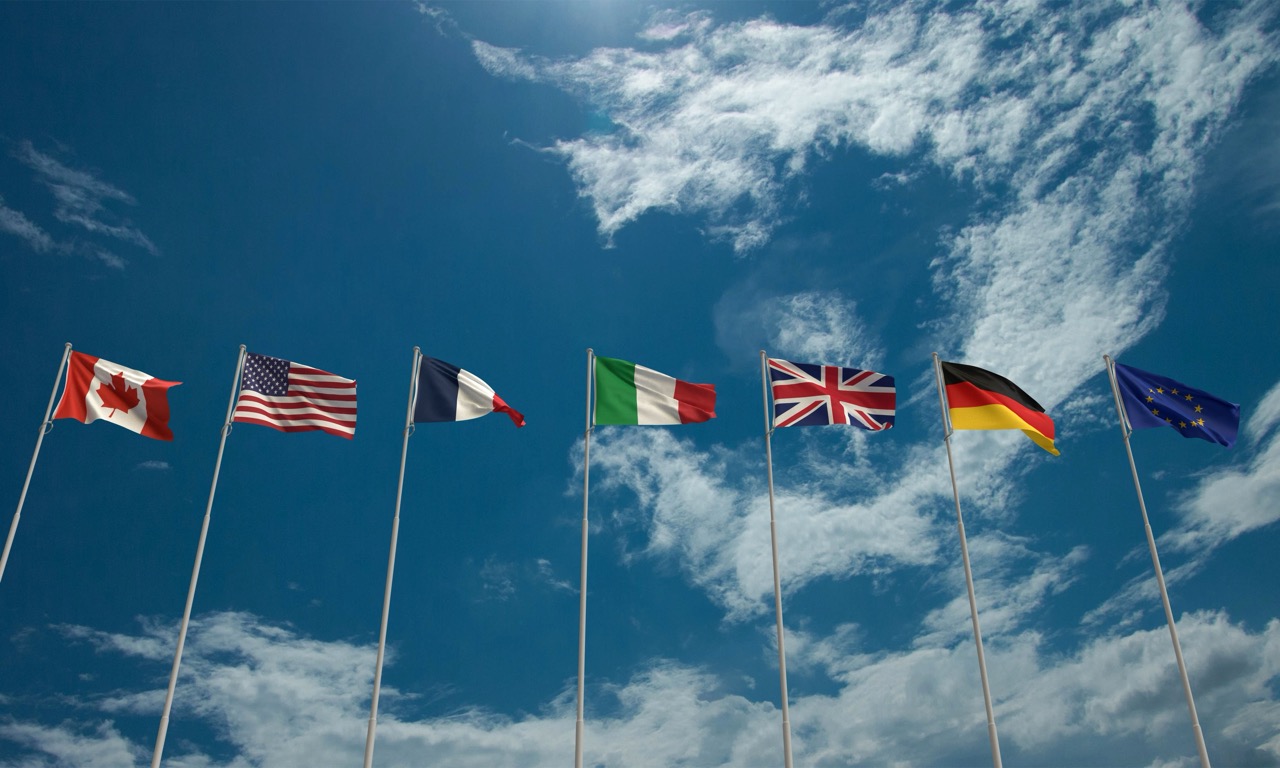Where leaders’ summits matter
The accumulating global debt problem, a lack of trust among countries and stark political differences are threatening progress on the Sustainable Development Goals, but the G20 summit marks an opportunity to break through the impasses and change the course of history for people and planet
Is progress on achieving the Sustainable Development Goals by 2030 on track?
In the past three years, progress towards the SDGs in virtually every country has slowed down but important transformations are gathering pace. Financing for energy transitions and renewable energy infrastructure is higher than was anticipated in 2019, and many lessons on how to extend social safety nets emanated from the Covid-19 pandemic. We have also seen groundbreaking legislation in the European Union on reducing emissions, huge stimulus programmes in the United States on advancing the green transition and a vast expansion in India in its renewable energy infrastructure.
However, the accumulating global debt problem is significantly hindering progress towards the SDGs. Analysis by the United Nations Development Programme shows that between 2020 and 2023, 165 million additional people fell into poverty as debt servicing crowded out social protection, health and education expenditures. A ‘debt-poverty pause’ may be the best means to mitigate poverty until the multilateral system addresses debt restructuring at speed and at scale.
The United Nations SDG Summit in September 2023 will convene countries to agree on ways to get back on a path to recovery and much will depend on how our global community addresses the financing question over the next two years.
How is the climate emergency spurring progress?
In 2023, the threat of climate change and the imperative to act are crystal clear. Yet many countries fear what accelerating the transition for energy and transport systems means for energy security. Russia’s attack on Ukraine has also propelled the transition towards cleaner and renewable energy infrastructure in many parts of the world.
However, many countries increasingly do not trust what other countries have promised as they have not yet delivered. Countries including the United Kingdom, Norway, Canada and the United States are issuing licences for new oil and gas exploration, while at climate negotiations, developing countries are pressured not to exploit their fossil fuel resources. This is an untenable situation.
Nevertheless, many countries are presciently linking energy security and decarbonisation to a faster green transition. For instance, on the continent of Africa, some of the most significant investments are being negotiated with private investors on green hydrogen. The sooner that we recognise the fundamental threat of climate inaction, the more likely we can overcome our political differences and find a common way forward.
How is UNDP working to reinforce progress on the SDGs?
First, with the UN Department of Economic and Social Affairs and the European Union, UNDP launched Integrated National Financing Frameworks for countries to channel more and better domestic and international financing to the SDGs. As a result, over 80 countries are now leveraging these frameworks to overcome short-termism, boost climate resilience and unlock brand-new sources of public and private finance. And over 30 countries have invited UNDP to assist them in designing SDG Investor Maps, which allow countries to see whether adjusting a regulatory framework, law, subsidy or a fiscal policy instrument might attract more investment.
Second, given that climate change has a critical impact across all SDGs, UNDP’s Climate Promise initiative is supporting more than 100 countries to update and implement their national climate strategies. This year’s UN Climate Change Conference in the United Arab Emirates will be a moment to reflect on how to raise their level of ambition. UNDP is partnering with international organisations, national actors and non-governmental organisations to support countries to maximise their ability to take bold, sovereign and ambitious climate action that is aligned to national development priorities and the SDGs.
Third, our new SDG Insights work, available by the SDG Summit, provides a new understanding of how more than 100 countries are dealing with extraordinary financial and fiscal constraints. It assesses countries’ economic and development realities and then identifies – based on their policy priorities – the best ways to drive progress on the SDGs.
How can the SDG Summit spur progress?
At this midpoint between 2015 and 2030, we need to take stock. With the SDGs as an expression of shared interest in addressing global challenges that cannot be solved alone, what can countries do individually and collectively to ‘rescue’ them? The timing of the SDG Summit could not be better because our world must come together to navigate a way through this era of polycrisis.
In particular, many developing countries are paying more on servicing their debt than on education or health. This is unsustainable economically, financially risky and politically dangerous. Today’s international financial architecture is not fit for purpose to deal with such intensifying crises. Remarkably, some 62% of global debt is now held by private creditors, yet they are not at the table to address the debt crisis and debt restructuring. Moreover, after two years, the Common Framework for Debt Treatment has concluded negotiations with just four countries. Indeed, several economies are on the verge of meltdown because they are unable to mobilise the financing they need.
For the first time in two decades, low-income countries, emerging economies and developed economies are in the midst of an extremely concerning divergence. Countries able to mobilise finance can recover, but countries with no fiscal space and high levels of debt are locked in a low-growth recovery, which perpetuates chronic poverty and inequalities. This should be a wake-up call.
How can G20 leaders help at New Delhi?
Secretary-General António Guterres has repeatedly underlined the pressing need for more efforts to directly address a series of financing issues in the interests of global, financial and macroeconomic stability. There are still concerns the G20 may not deliver a sufficiently clear signal on this much-needed reset of the international financial architecture. Its shareholders – its member states – must step forward at this global inflection point. This is where leaders’ summits matter: leaders have the ability to break through the impasses and differences for a history-defining moment for people and planet.












